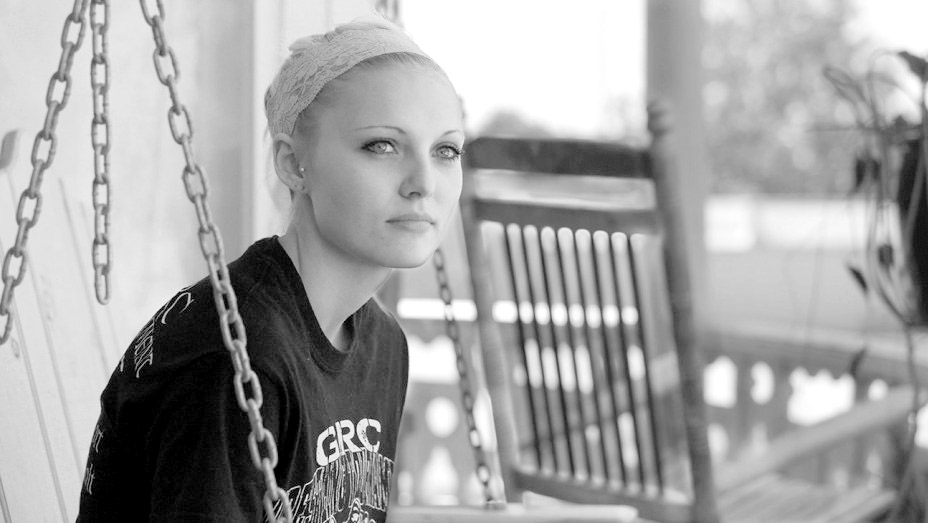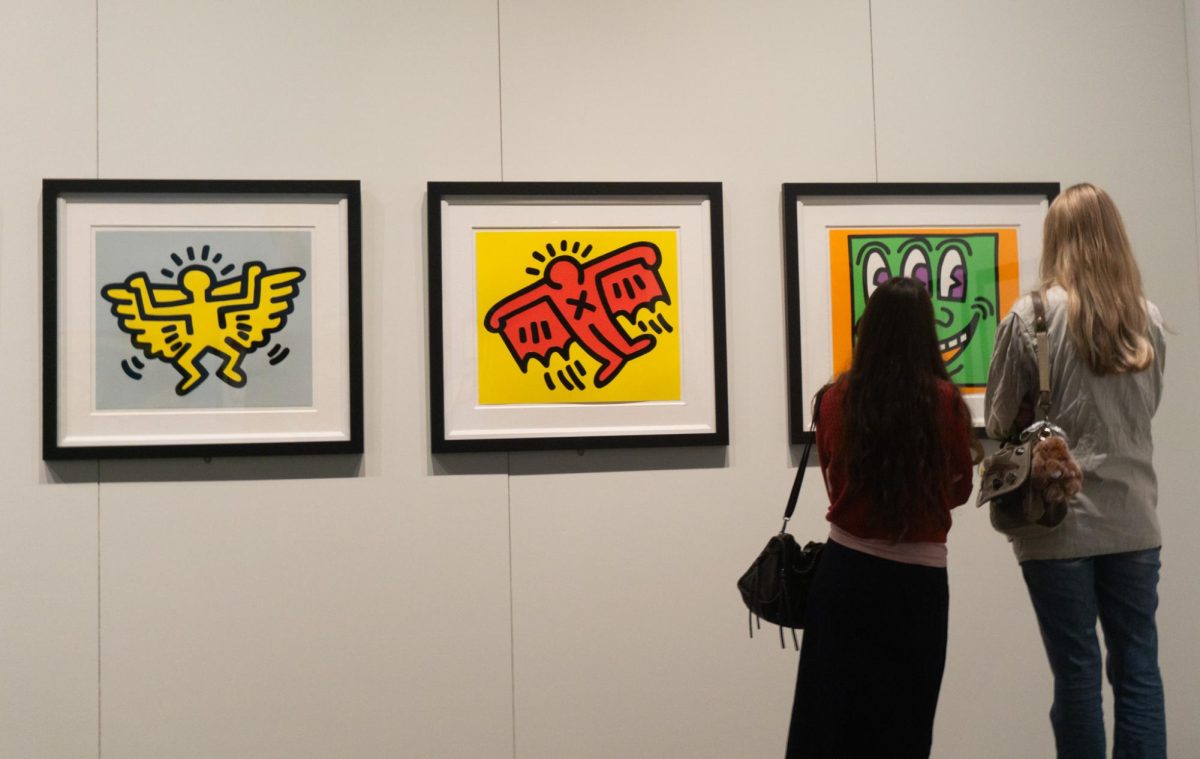“Audrie & Daisy” is a bold documentary that explores the cases of two girls who were sexually assaulted by young men. This film is an important tool directors Bonni Cohen and Jon Shenk used to educate the nation about sexual assault, a prevalent issue in our society today.
The film first focuses on Audrie Pott, a 15-year-old girl who was assaulted by three boys from her school at a party in Saratoga, Calif. The boys drew on her body, and sexually assaulted her then took pictures of the attack. The next morning, Pott didn’t know what happened, but soon found out through Facebook messages. In one message, Pott says that her life is ruined and she tells one of the boys, “You have no idea what it’s like to be a girl.” Pott committed suicide one week later.
The film jumps across the United States to Maryville, Mo. where Cohen and Shenk center the film on Daisy Coleman, a 14-year-old who was sexually assaulted by a 17-year-old man named Matthew Barnett, who raped her after she had been drinking heavily. The town of Maryville is incredibly small, and the issue of the assault divided the population based on who did and didn’t believe Daisy. Matthew Barnett, the man responsible for assaulting Daisy, walked free due to his family having strong political ties within the town. Darren White, the sheriff at the time, warned people not to, “underestimate the need for attention.” Since the assault, Daisy has tried to kill herself multiple times. Bullying and violence forced her family out of Maryville.
The directors of this film aim to normalize conversations about sexual assault. They do a great job at capturing the strength of the individuals involved as well as the injustices that the victims face in their communities. The focus on the failure of the system in Daisy’s case was a particularly powerful angle for the film because it shows the issue that many victims face after an assault—that the perpetuator of the crime will not be charged. We have seen patterns of victim blaming in the United States, most famously with the case of Brock Turner’s horrifically short sentence. In a more lawful case, Daisy’s friend, Paige, was with her that night and was also sexually assaulted by a different young man, but he was charged.
“It became more important to shield the boys than it did to find justice for the girls,” said Paige’s mom in the film.
These young girls’ lives were changed forever due to the actions of the young men who attacked them. Cohen and Shenk capture the emotional turmoil behind the two cases, digging deep into the victim’s lives to show the lasting effects of one night of violence. The court may have brushed off Daisy’s case but she was not able to. She will forever be scarred because of what was done to her. In the film, Coleman states that the boys do not have deep regrets or remorse over what happened because they haven’t had the time to reflect on the pain that their actions have caused. If they had, they would have come out and apologized to her.
The film ends on a hopeful note. Tribute is paid to Audrie as her class grants her an honorary diploma at graduation. Daisy becomes connected with other survivors and they begin working together to focus on educating the nation on sexual assault by sharing their experiences.
“That doesn’t mean forgetting the past, that just means forgiving the past,” Coleman said.
“Audrie & Daisy” is an important film that young people should watch. Directors Bonni Cohen and Jon Shenk illuminated the humanity of those impacted by these violent crimes. It is a powerful piece that will start crucial discussions that could lead to a change that our world needs.
“Audrie & Daisy” can be streamed online from Netflix.
Tess may be reached at
towen@su-spectator.com









